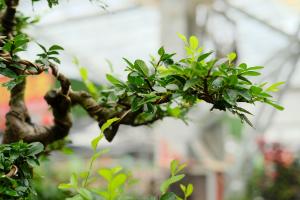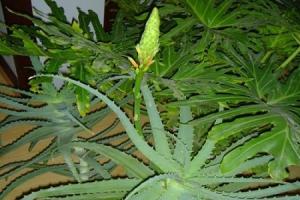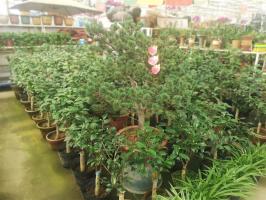How to Save a Potted and Dying Lavender Plant
Lavender is a popular herb known for its beautiful blooms and lovely fragrance. However, if you have a potted lavender plant that is dying, it can be frustrating and disheartening. Fortunately, there are several things you can do to revive your lavender plant and help it thrive.
Identify the Problem
The first step in saving a dying lavender plant is to identify the problem. There are several factors that can cause a lavender plant to decline or die, including:
Overwatering or underwatering
Lack of sunlight
Poor soil drainage
Pests or disease
Take a closer look at your lavender plant and examine the leaves, stems, and roots. If the leaves are yellow or brown and the stems are wilted or weak, your plant may be suffering from overwatering or underwatering. If the leaves are small and stunted, your plant may not be getting enough sunlight. If you notice dark, wet spots on the leaves or stems, your plant may have a fungus or pest infestation.
Revive Your Lavender Plant
Once you've identified the problem, it's time to take action to revive your lavender plant. Here are some tips to help get your plant back on track:
1. Check Your Soil
Make sure your lavender plant is in a pot with good drainage. If the soil is staying wet for too long, it may be suffocating the roots and causing the plant to decline. Repot your lavender in fresh, well-draining soil that's designed for herbs or succulents.
2. Adjust Your Watering
Check the soil moisture level frequently and water your plant only when the top inch of soil is dry. Overwatering can cause root rot and underwatering can lead to wilting and dryness. Don't let your plant stand in water for too long, and avoid getting water on the leaves or blooms.
3. Provide Adequate Sunlight
Lavender plants thrive in full sunlight, so make sure your plant is getting a minimum of 6 hours of direct sunlight per day. If your plant is indoors, place it near a south-facing window or use a grow light to supplement the natural light.
4. Prune Your Plant
If your lavender plant is getting leggy or has brown or dead leaves, it's time to prune. Use clean, sharp scissors to remove any dead or diseased stems and trim back growth to encourage new, healthy growth.
5. Treat Disease or Pests
If your lavender plant is suffering from a disease or pest infestation, it's important to treat it right away. Use natural remedies like garlic or neem oil to control pests, or remove affected leaves and stems to prevent the spread of disease. If the problem persists, consider using a fungicide or pesticide as a last resort.
Conclusion
With the right care and attention, you can save a potted and dying lavender plant and enjoy its beauty and fragrance for years to come. Remember to identify the problem, adjust your watering and sunlight, prune your plant, and treat any disease or pest issues. Follow these tips and your lavender plant will be healthy and thriving before you know it.

 how many times do yo...
how many times do yo... how many planted tre...
how many planted tre... how many pine trees ...
how many pine trees ... how many pecan trees...
how many pecan trees... how many plants comp...
how many plants comp... how many plants can ...
how many plants can ... how many plants and ...
how many plants and ... how many pepper plan...
how many pepper plan...































